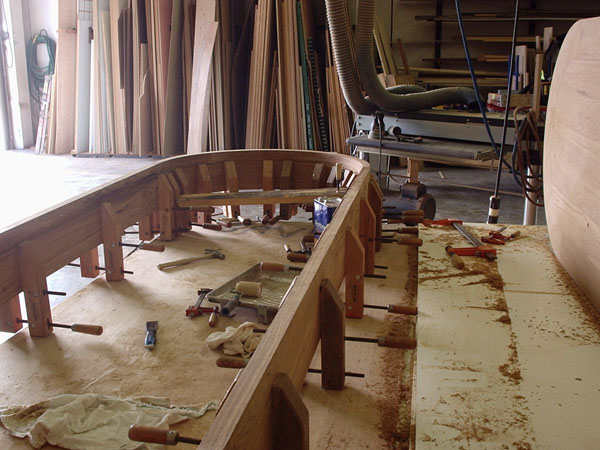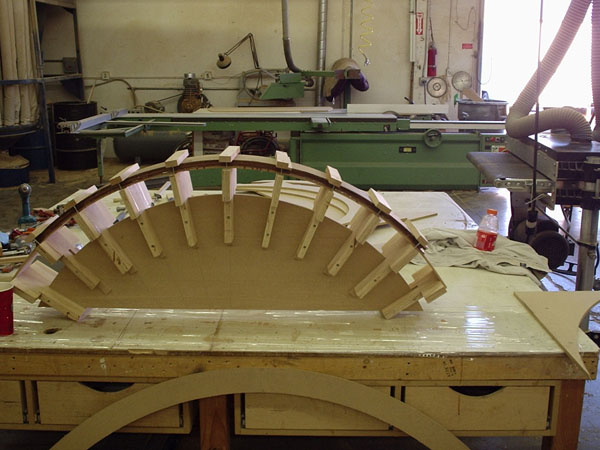There was a thread a few years ago, IIRC it was here at the Creek, with a Mesquite entry way. I tried doing a search, but found nothing. I remember it being extraordinarily beautiful. Wish I could find it again. Jim.
Coolmeadow Setters...Exclusively Irish! When Irish Eyes are smiling....They're usually up to something!!
Home of Irish Setter Rescue of North Texas.
No, I'm not an electrician. Any information I share is purely what I would do myself. If in doubt, hire an electrician!
Member of the G0691 fan club!
At a minimum, I'm Pentatoxic...Most likely I'm a Pentaholic. There seems to be no known cure. Pentatonix, winners of The Sing Off, s3.




 Reply With Quote
Reply With Quote

 .
.








